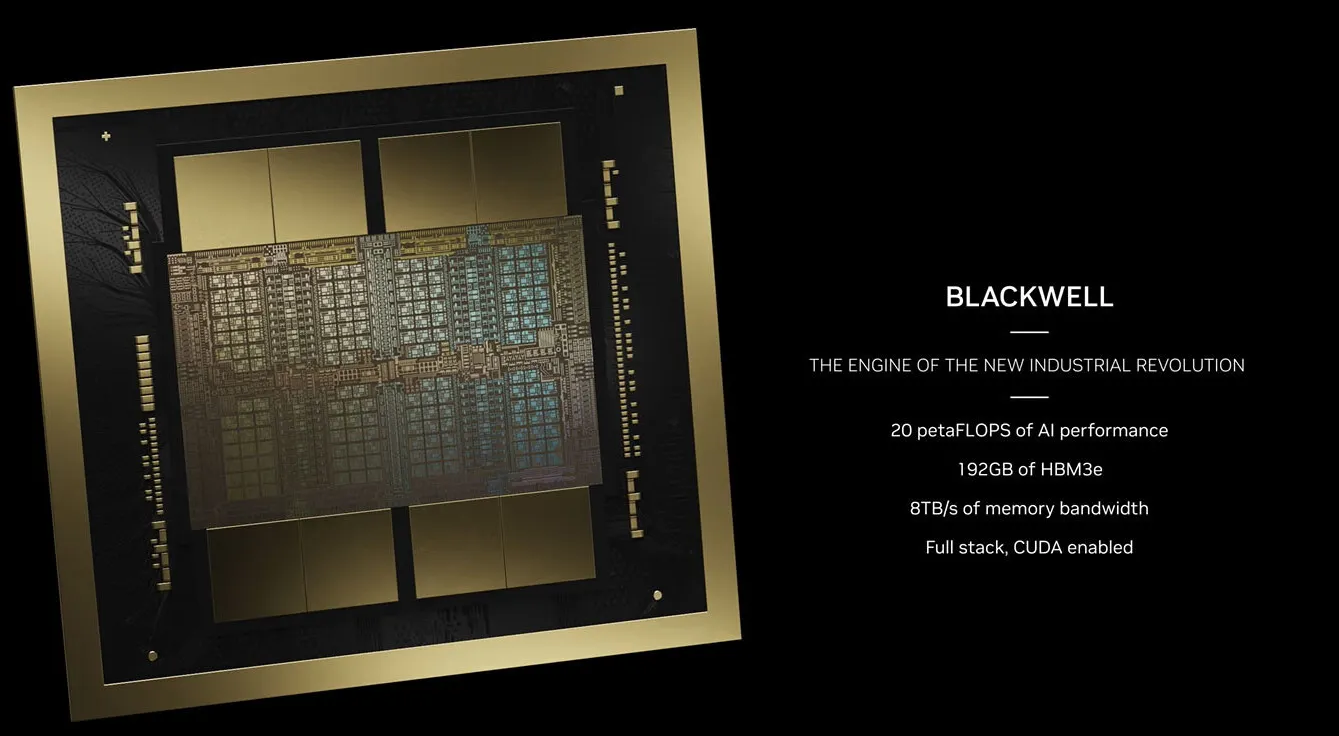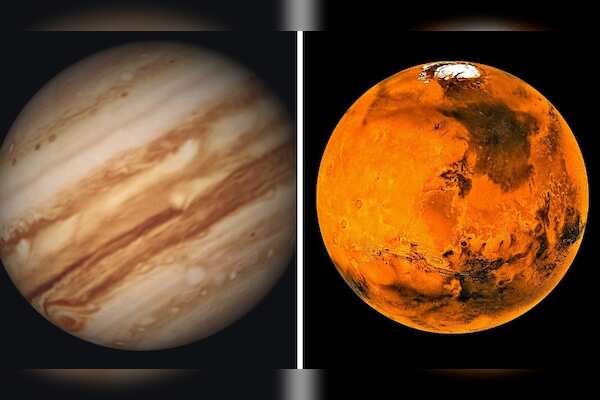A recent study conducted by a team of researchers from Kyushu University in Japan has unveiled an intriguing phenomenon - baby stars sneeze. These 'sneezes' involve the release of gas, dust, and magnetic energy into space, shaping the development of these young stars.
These eruptions, observed in protostars, play a crucial role in their evolution and offer valuable insights into the star's future.Scientists can potentially use these sneezes to predict whether a star will be orbited by planets in the future.
The scientists utilized the Atacama Large Millimeter/submillimeter Array (ALMA) to study the protostellar disks surrounding these baby stars, which serve as the birthplace of planets. These disks are essential in understanding the star formation process.
Understanding the Reason Behind Baby Star Sneezes
During the formation of a star, dense sections of material within vast clouds of interstellar gas and dust coalesce and collapse to form a new celestial body. Each protostar is enveloped by a protostellar disk, where magnetic fields play a crucial role in the star's development.
Lead researcher Kazui Tokada explained, "Magnetic fields are ever-present within these structures, bringing magnetic flux.However, if this flux remains as the star evolves, it would result in excessively strong magnetic fields, which is not observed in known protostars."
The study, published in the Astrophysical Journal, revealed that the sneezing phenomenon is a mechanism through which baby stars expel excess magnetic flux, contrary to the previous belief that magnetic fields weakened gradually over time without a specific mechanism.
Discovery of Star 'Sneezes'
The researchers studied MC 27, a stellar nursery located 450 light-years away from Earth, using the ALMA array of radio telescopes in Chile.Surprisingly, they discovered spike-like structures extending from the protostellar disk, containing expelled magnetic flux, gas, and dust.
Tokada elaborated, "This phenomenon, known as 'interchange instability,' occurs when instabilities in the magnetic field interact with varying gas densities in the protostellar disk, leading to the outward expulsion of magnetic flux. We likened this process to a baby star's sneeze, reminiscent of expelling dust and air at high speeds.
"









 English (US)
English (US)